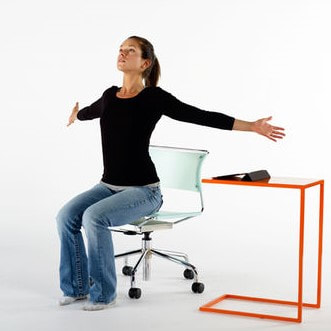|
Modern technology is great in many ways, however with many tasks and interactions now undertaken electronically, we sit more and more at our desks which can take it's toll on our bodies.
Here are some tips to help alleviate some of the negative effects of prolonged sitting at the computer:
3 Comments
|
AuthorSLisa Parkinson Archives
March 2024
Categories
All
|


 RSS Feed
RSS Feed